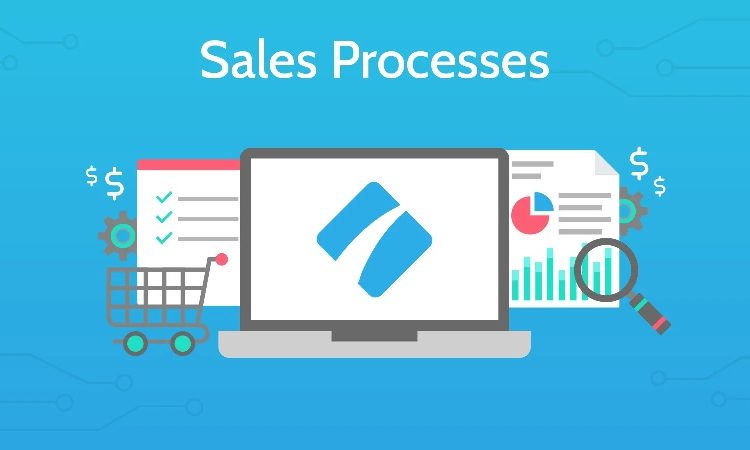In today’s highly competitive global economy, nothing helps a business thrive more than having a steady inflow of new prospects. A key component of expanding your business is increasing sales efficiency through establishing and maintaining a successful sales process. If you want to explore the topic comprehensively, there is a helpful and detailed guide to sales processes on the Reply.io website – https://reply.io/sales-processes. Below are just a few most important points to take away for now.
What Is a Sales Process?
Most businesses define a sales process as a structured, systematic approach to sales consisting of several repetitive steps aimed at increasing conversions. A well-established sales process can provide your teams with a clear-cut formula to adhere to with every sale, thus making it easier for them to keep on course and turn the lead into a paying customer. A pre-defined sales process will also facilitate the training and onboarding of the new sales staff; improve customer lifetime value; lower customer acquisition cost; boost the overall customer experience.
How to Build a Sales Process from Scratch?
If your business has closed at least one successful deal, you already know what a sales process involves. Now you have to turn it into a streamlined and replicable routine. Here are the main steps to do it:
- Conduct initial prospecting: initial prospecting involves doing some research to discover what your target audience’s needs, challenges, and pain points are. The second part of this step is deciding which lead gen strategies you will use for prospecting.
- Implement the right tools: a sales process can utilize a variety of tools. Before developing your process, you should decide which instruments you’ll use based on the resources you have or make available.
- Set up qualification requirements: to build an effective sales process, you need to develop a lead scoring system that will make it clear who qualifies as a prospect worth being included in your outreach campaign.
- Plan your conversion funnel: define the path your prospects will travel to become customers. Decide on who should fill your funnel and what their optimal number should be.
- Design a strategy for presenting your sales pitch: this step might span everything from prepping an elevator pitch to designing top-notch presentations and practicing negotiation techniques with your team.
- Establish a follow-up routine: plan how and when to follow up with new customers to see if they have additional queries or offer them other products/services they might be interested in.

